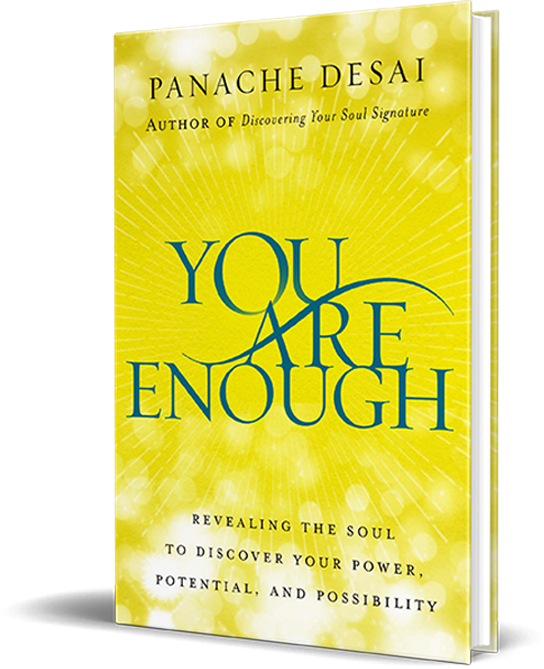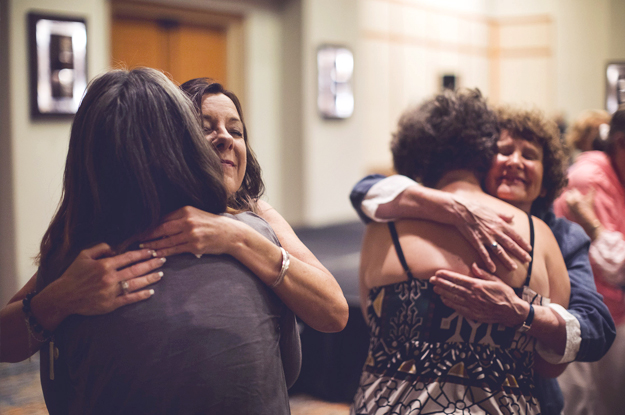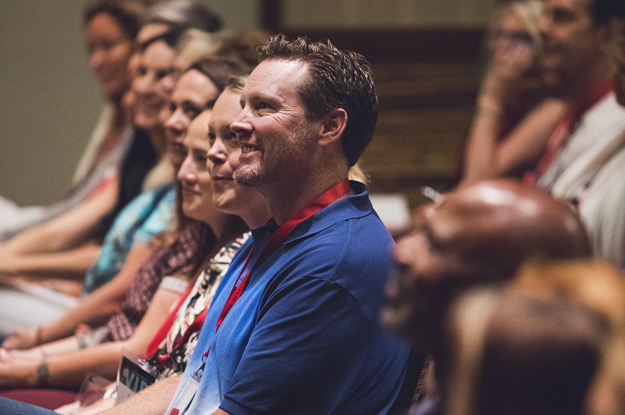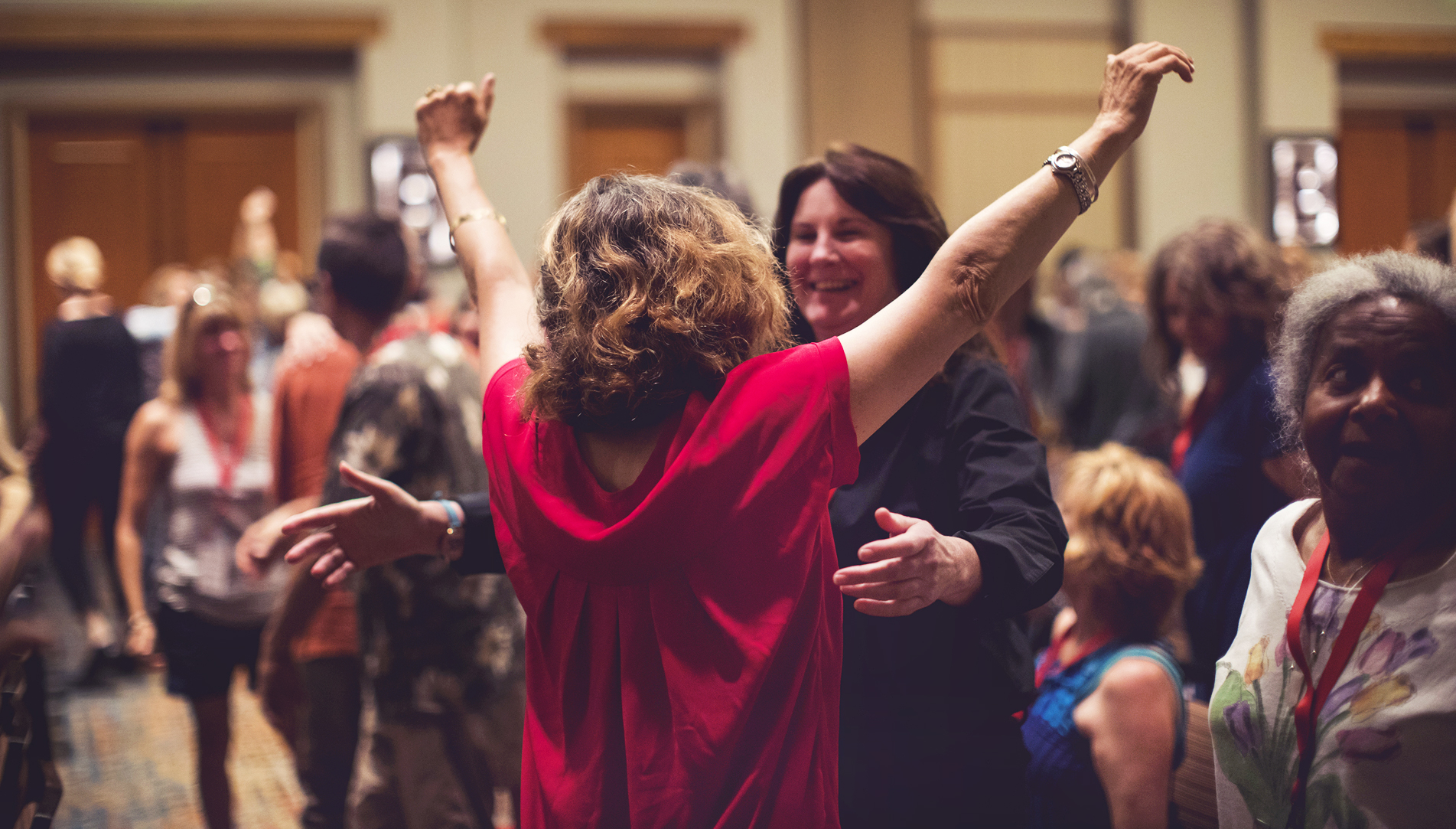Live Daily Support From Panache - Stop Simply Surviving and Begin to Thrive!
The You Are Enough
Discussion Guide
A Chapter By Chapter Exploration Of The Book For Individuals, Book Clubs, and Reading Groups
You Are Enough – Revealing the Soul to Discover Your Power, Potential, and Possibility is the book I was born to write. Creating it has been a labor of love for the past two and half years. In its pages, I deliver a profound and accessible path to revealing your true self and the potential and possibility that you naturally possess.
The message in the book is so important, I want to be able to make it as widely accessible as possible. That’s why I decided to create the You Are Enough Discussion Guide.
The Guide is a chapter by chapter exploration of the book. It has been specially designed to allow you, the reader, to dive deeper into the book’s concepts and, through solo reflection or group discussion, gain a greater understanding of the incredible breakthroughs that can occur when you begin to reconnect with your natural authenticity.
To review the chapter discussions, simply click on the blue bar below. Then, click on the Discussion Guide for Download button, also below, to get the full Guide in a convenient printable PDF format, including a mantra for each chapter, important quotes, and much more.
Whether you are using the Guide on your own or as a member of a book club or reading group, I hope that it empowers you to elevate your personal energy and expand your understanding of this critical message. Remember, in the end, you only have to be willing to accept one fundamental truth – You Are Enough!
Panache

Discussion Guide
click to view more
1. In Chapter One, “The Promise,” the author brings to light the unconscious agreement that all of us, in our own unique way, have made with our friends, family, teachers, community…the world. The agreement that, if you live your life and reach certain milestones, you’ll be happy, healthy, loved, respected, successful, wealthy, wise, or worthy. Life would be fulfilling. But here’s the catch—are you aware that you lost touch with your authentic self along the way? Identify and discuss where your relationship with yourself is based on the role you’ve taken on in life and other people’s expectations and reactions to that role.
2. In Chapter Two, “The Possibility,” the author introduces the prospect that grace exists in every situation—the good, the bad, the indifferent. This grace, or sacred energy, creates an opportunity for expansion and the discovery and recognition of your Essential Self. Explore and discuss where and/or when you’ve experienced a challenging or even miraculous experience, crisis, or quintessential wakeup call. Looking at the situation through a new lens, how can you shift your perception and view this experience with new eyes and an open heart? How is it helping you reveal your authentic self? Discuss.
3. Do you remember a time in your life when everything was simple, carefree, and even joyous? A time of unfettered authenticity and limitless possibility? But now you can only wonder, dazedly, what happened? In Chapter Three, “Conditioning,” the author helps you explore how, from the moment you were born—through childhood, adolescence, late teens, into adulthood— you’ve been conditioned out of and away from your authentic self. Looking back on your life experiences, where have you suppressed or rejected your authentic self, in order to belong or be accepted by your family, friends, or society? Can you see the possibility that if you stopped looking for acceptance in places you will never find it, and surrender to your authentic self, you would once again return to an abundant, carefree, joyous life? Discuss.
4. In Chapter Four, “Your Core Wounding,” the author explains how you (consciously or unconsciously) experienced a core wounding that made you feel unloved, unsafe, or unworthy in some capacity. He presents the view that “most of the decisions you make, the goals you pursue, the relationships you desire, and the life you are creating are motivated by a need to compensate for your core wounding through a search for love, approval, acceptance, and adulation from the outside world.” (p. 62) Are you able to identify your core wounding, how you’ve been compensating for it, and how it’s affected your experience of life to this point? Discuss.
5. In Chapter Five, “The Essential Self,” the author challenges you to journey into the next evolutionary frontier—soul identification. Just as Descartes missed the fundamental truth of “I am; therefore, I think,” you have identified with your mind and body, when in truth you are Soul. “You are Being experiencing the mind and body.” (p. 73) While reading this chapter, were you able to see how you have obscured and become separated from your Being, or Essential Self, and instead identified with your created self? How have you allowed your mind, body, and emotions dictate what is “normal”?
6. In Chapter Six, “Vibrational Transformation,” the author once again addresses the point that creating change in your life, relying solely on your mind and mental techniques, is impossible.The only way to effectively change your reality is to shift your energy. Transformation happens when you address the underlying energy that holds your thoughts and beliefs in place. As the author explains, “Your life is an exact reflection of your overall vibrational frequency. To experience authentic transformation is to find a new way of being and relating in the world, one that is anchored in your soul.” (p. 81) Take a moment and turn your attention inward. Where have you disconnected from your Essential Self (i.e. your soul)? Have you been distracted from the present moment, dwelling too much on the past, or focusing outward towards the future? Have you let yourself become buried in feelings of unworthiness or separation? Or perhaps you have erroneously identified with your thoughts, emotions, body, or limitations? Explore, consciously observe, and discuss (without judgement!) where any unresolved vibrational energy is being held captive within you. What is being reflected back at you, waiting to be resolved, so that you can vibrationally align and evolve?
7. In Chapter Seven, “Awareness,” the author introduces the process of “consciously observing” and how it facilitates the removal of what’s blocking your Essential Self. This awareness allows everything that’s unresolved and buried within you to rise to the surface, simultaneously opening you up to the flow of harmony and connection. Take a moment to try this process for yourself. Start by being fully present in this very moment. Allow yourself to consciously observe and become aware of what you’ve kept pent up inside of you. Is it anger, fear, loneliness, pain, sadness, shame, unworthiness, powerlessness? Simply breathe and be present with yourself and allow your feelings to completely arise and flow. Be consciously aware in the present moment and whatever it holds. Feel it. Fully experience it. Discuss what feelings arose for you and how you will embrace them.
8. In Chapter Eight, “Acceptance,” the author explains that as long as you remain captive to your feelings, you’ll remain a victim of your perceived reality. Alternatively, accepting your feelings and the experiences they trigger will help you embody and return to your authentic, best self. The reason you’re stuck or separated from being your authentic self is because you’re resisting reality. Resistance can show up as fear, control, judgment, or a reluctance to feel what’s going on inside of you and in your life. It locks up your energy and brings any growth or forward movement to a screeching halt. What are you attached to that you think will make you happy, or end your pain or unhappiness? For example, are you holding on to your youth, grasping at perceived success, or constantly seeking validation through social media? What do you have an aversion to that doesn’t fit into your idea of an idyllic reality? This could show up as rejecting your current physical appearance, how you’re aging, or your relationship status. Right now, commit to accepting what is—your feelings and your physical state of being. Write down, “I love and accept ________ (fill in the blank with what you need to accept.)” With this acceptance, trust how your life is unfolding and relax into the present moment. This is where real transformation begins.
9. In Chapter Nine, “Flexibility,” the author sheds light on an important key to expansion. When you’re true to yourself, and you don’t allow others’ opinions and judgments to dictate your life, life flows. Doesn’t it? Alternatively, continually attempting to exert control over everything only leads to a rigid existence. Life can start to feel out of control. The result is feeling the need to perpetually gain control over your life experiences and relationships. Being in the flow requires flexibility. That’s why life will always feel more challenging when you attempt to control it.Where do you get triggered in life, with this need to control? When triggered, where do you feel tension or constriction in your body? Let your discomfort flow through you. This discomfort is an opportunity for greater transformation. Discuss your trigger points, where you are rigidly attempting to control life, what this feels like, and how you can be more flexible.
10. In Chapter Ten, “Consciousness at Thirty-Three Thousand Feet,” the author challenges you to see past your limited view of life. And to instead, consciously view your world from thirty- three thousand feet. From this perspective, you would see that everything that’s occurring is bringing about a greater state of clarity, realization, and enlightenment. Every experience is a wakeup call to greater opportunity. What story have you been holding on to and telling yourself, over and over? After answering the questions on page 144, shift your viewpoint to thirty-three thousand feet. What is your new story—one full of accountability, clarity, honesty, resolution, and expansion? How is life happening for you? Discuss.
11. In Chapter Eleven, “The Shift”, the author proposes that making your well-being a priority and extending love and respect to yourself holds the greatest power to transform your experience of life. Although external factors or people can trigger love within you, they can never be its source. Love originates within you and you were created to experience it. It’s not about having, needing, controlling, achieving, or getting something. It’s about experiencing your true, authentic self. Where are you looking for fulfillment, external from yourself? Where are you making someone else the source of love that you crave? Where are you blaming someone else for what you feel you are lacking? It’s time to let these external sources go. Instead, how can you take responsibility for how you are showing up in this present moment and each day moving forward? Identifying, accepting, and being with your true self is the one and only source of real abundance, peace, well-being, and love. Discuss.
12. In Chapter Twelve, “Enter the Heart,” the author explains how being heart-centered is the only way to powerfully express yourself in the world. He expands upon this, explaining how your heart also allows you to embrace your deepest, darkest parts, sparking resolution and transformation. What “sub-personalities” did you create in order to protect yourself from negative feelings, experiences, or perceptions of being unloved and unworthy? (Discuss) It’s time to let these go! The Universe did not create you to be imperfect. It’s imperative to listen to the truth that resides within your heart, not your head. What are your unique abilities, characteristics, and talents? How can you share these and your authentic self with your family, friends, community, and the world? (Discuss) Let these truths rise to the surface. Embrace your peculiarities, differences, and perceived flaws. Feel them. Own them. Be authentic, because that is your best self!
13. In Chapter Thirteen, “Harmony,” the author invites you to explore what it means to be human. As the author states, “We are entering the Era of the Soul, an age in which people will connect with and live life from their Essential Selves.” (pgs. 182-183) Essentially, what it means to be human is being redefined. You are a human Being. Therefore, your redefinition of what it means to be a human Being, your Essential Self, requires that you love and accept every aspect of yourself—the “enlightened part, the crazy part, the compassionate part, the loving, fearful, angry, and shameful parts.” (p. 192) What does it mean to you, to be a human Being? What are all of your very human parts that you need to love and accept? Discuss what this looks and feelslike.
-
14. In Chapter Fourteen, the author presents you with five commitments. As the author sets out on page 194, “…in order to live up to your potential, you need to commit to it. Commitment creates intention, and intention makes a desire worthy of manifestation. When you attribute worth to something, you elevate it and give it priority.” How will you actively embody each of these five commitments to fully restore your authentic, Essential Self? Discuss.
15. As the author explains in Chapter Fifteen, “Trust and Surrender,” you can only tap into unlimited opportunity if you are in a state of complete trust and surrender. How many times have you heard, “Once you stop looking for love, love will find you”? Perhaps you’ve even experienced a situation where you’ve let go of your attachment to a job or relationship that wasn’t going anywhere and all of a sudden, a new opportunity miraculously arises. In all of these situations, the more you can trust and surrender to the truth that resides within you, the easier it is to relax into receiving all that is available to you. Take a moment and identify where you currently feel stuck or stagnant. Is it a relationship, job, or the determination to hold on to something that’s not serving you? What can you do, starting today, to be more human and expand what’s possible?
16. After reading You Are Enough, what is your greatest insight into yourself? How have you been unwittingly limiting the expansive potential of your life? Discuss.
17. Lastly, which chapter of You Are Enough did you find the most powerful and why?






